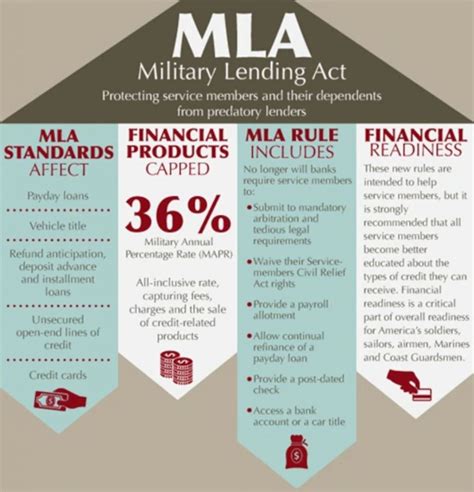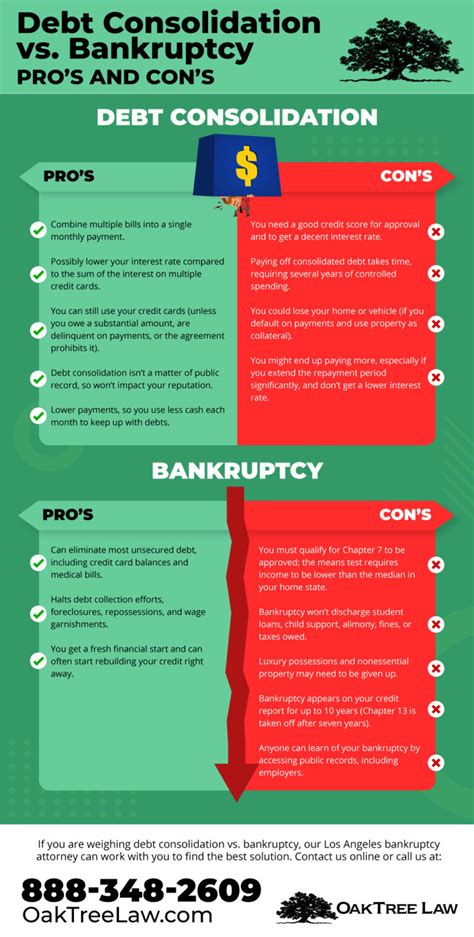Introduction:
The Military Lending Act (MLA) was enacted in 2006 to provide important protections for military service members and their families against predatory lending practices. One of the key provisions of the MLA is a 36% Annual Percentage Rate (APR) cap on loans provided to active-duty service members and their dependents. This article examines the enforcement success rates of the 36% APR cap and its impact on military lending practices.

I. Background on the Military Lending Act (MLA)
The MLA was signed into law by President George W. Bush on October 1, 2006. The primary goal of the MLA is to prevent predatory lending practices that can harm the financial stability of military families. The Act provides several protections for service members, including the 36% APR cap, which is designed to limit the interest rates and fees charged on loans.
II. The 36% APR Cap
The 36% APR cap is one of the most significant provisions of the MLA. This cap applies to payday loans, vehicle title loans, and tax refund anticipation loans, which are commonly used by military families. The cap is intended to ensure that service members and their dependents do not face unreasonably high interest rates that can lead to financial hardship.
III. Enforcement Success Rates
The enforcement of the 36% APR cap has been a key component of the MLA’s effectiveness. Various government agencies, including the Consumer Financial Protection Bureau (CFPB) and the Department of Defense (DoD), have been responsible for enforcing the MLA’s provisions. The success rates of this enforcement can be analyzed from several perspectives:
A. CFPB Enforcement Actions
The CFPB has been proactive in enforcing the MLA. From 2012 to 2018, the CFPB has taken enforcement actions against several companies that violated the 36% APR cap. These actions resulted in fines, restitution, and corrective measures to prevent future violations. The CFPB’s enforcement actions have been largely successful in holding companies accountable for violating the MLA.
B. DoD’s Financial Readiness Program
The DoD’s Financial Readiness Program (FRP) also plays a role in enforcing the MLA. The FRP provides financial counseling and education to service members, which helps them understand their rights under the MLA. By empowering service members to recognize and report violations, the FRP has contributed to a higher success rate in enforcing the 36% APR cap.
C. Industry Compliance
Many financial institutions have chosen to comply with the MLA’s provisions without the need for enforcement actions. This voluntary compliance has been attributed to the negative publicity and reputational risks associated with violating the MLA. The industry’s self-regulation has played a significant role in ensuring that the 36% APR cap is enforced successfully.
IV. Impact on Military Lending Practices
The enforcement of the 36% APR cap has had a positive impact on military lending practices. Financial institutions that previously offered high-interest loans to service members have adjusted their products to comply with the MLA. This shift has led to lower interest rates and better financial outcomes for military families.
Conclusion:
The enforcement success rates of the 36% APR cap under the Military Lending Act have been largely successful in protecting military service members and their families from predatory lending practices. The collaborative efforts of the CFPB, DoD, and industry self-regulation have contributed to this success. As the MLA continues to be enforced, military families can expect improved financial stability and better access to affordable credit options.



